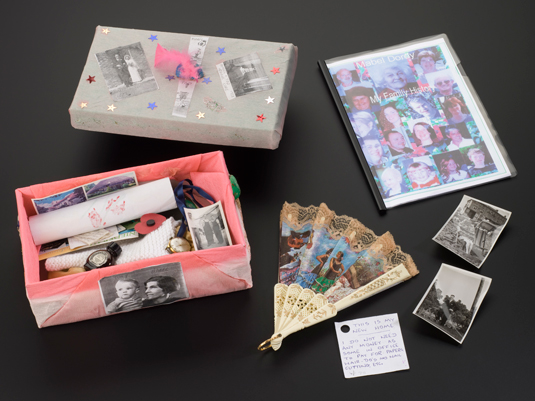Rosanna Denyer from our Learning Support Team writes about one of her favourite Science Museum objects.
By 2015, 850,000 people in the UK will have been diagnosed with dementia. Dementia is a term used to describe the symptoms of diseases that cause memory loss, confusion and problems with communication. Dementia is progressive,so the symptoms become worse as time goes on.
Until 1906 it was thought that dementia was an inevitable part of growing old. This changed when Dr Alois Alzheimer,a leading neurologist who researched the brain and the nervous system, gave a lecture about a disease which caused memory loss, hallucinations and problems with communicating and understanding. He was describing what we now know as Alzheimer’s disease, the most common form of dementia.
Doctors now know that the death of neuron cells in the brain is the main cause of dementia. Neurons need nutrients, oxygen and close contact with other cells in order to survive. Scientists are always looking for possible cures for dementia, a great deal of the research is aimed at treating the symptoms, for example trying to delay memory loss.
However, treatment for memory loss does not lie solely in the hands of scientists. Memory boxes, such as the one on display in the Who Am I? gallery, are used by people with dementia, with their friends and families, to help them retain memories.

Photographs and objects that have special memories connected to them can be kept inside the boxes. The person with dementia can look through the box and be reminded of people, places and events from their lives. They can be used to trigger memories of a past career or love.
In the next 10 years a further one million people in the UK will develop dementia. Whilst scientists research and test treatments, families and communities will continue to develop ways to manage the symptoms. A memory box may seem simple, but it is a method which is accessible, affordable and effective.
The issue of how to treat and manage dementia is experienced by communities all over the world. By 2030, the number of people with dementia worldwide is estimated to reach 65 million.
Some countries are finding unique ways to help people live with the symptoms of dementia. One care home in Amsterdam has created an entire village which is ‘dementia friendly.’ The 152 residents live in the small village of Hogewey which has a restaurant, theatre, beauty salon and village shop. The village is staffed by healthcare workers and volunteers and gives elderly people with dementia a safe environment in which to enjoy everyday life.
What memories would you want to keep in your memory box?
The memory box can be found in the Who Am I? gallery, on the first floor of the Wellcome Wing in the Science Museum.